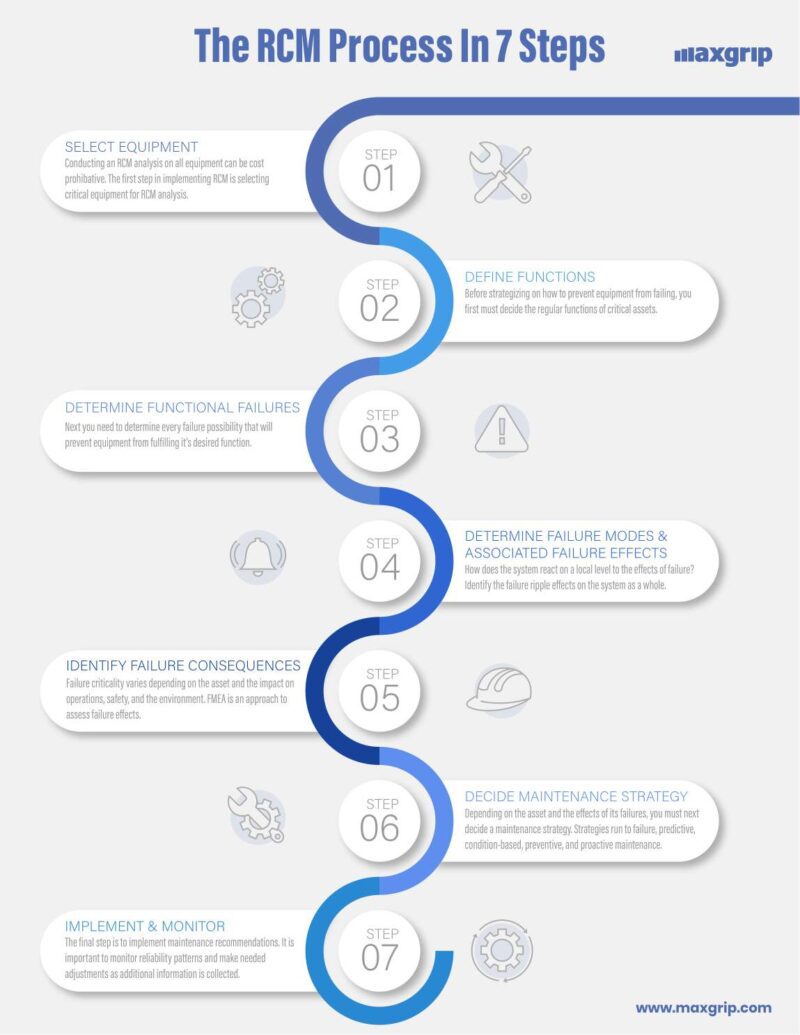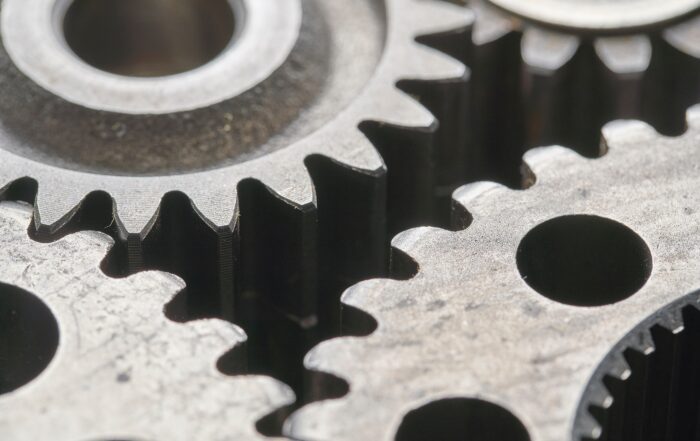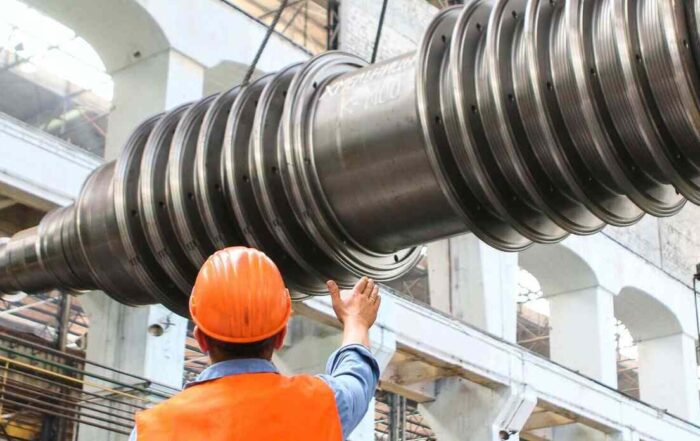While there are several different methods for implementing a Reliability Centered Maintenance (RCM) process, most methods include seven basic steps.
Benefits of RCM
A RCM analysis helps to reduce costs with streamlined maintenance techniques. After successfully implementing RCM, companies can expect increased equipment uptime as well as lower resource and maintenance costs. An advantage of RCM is its piecemeal maintenance approach. Rather than focusing solely on reactive or proactive maintenance strategies, RCM combines multiple approaches to lower costs.
Other benefits include:
- Clear criticality of assets
- Flexible maintenance approach
- Increase asset utilization
- Optimized maintenance and inspection intervals
Get inspired
We bring together perspectives on asset management for EuroMaintenance. Presentations incl. with Waternet, ONE-Dyas, TenneT, Victrex, LNS Research and IFS Ultimo.
Introductory article on RCM, the assessment criteria and the implementation process.





